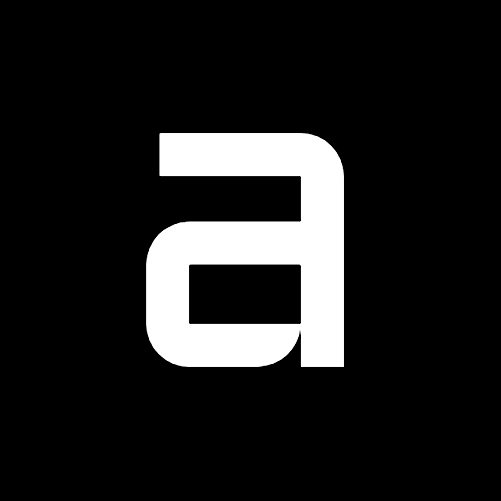Trends at Work
The work environment is changing at a rate greater than ever before. The pandemic has exponentially increased the rate and adoption of certain technologies and their impact on the work place. The work environment has changed dramatically and will continue to do so over the coming years. Going into 2021 and beyond, below are a few of the trends we are seeing that are impacting the future of the work environment.

A R T I F I C I A L I N T E L L I G E N C E
Advances in technology are allowing intelligent devices to analyze and make decisions without human interaction. It has the potential to improve productivity, efficiency and accuracy within an organization.

M O B I L I T Y
Gen Y and Gen Z prefer not to be tied down to any one particular location, enabling a sense of freedom not experienced by previous generations. Work can be done within the context of the individual’s workflow. Enabling your workforce to take advantage of the opportunity’s mobility provides can lead to better productivity, happier workforce, and creative breakthroughs.

W O R K I N G W I T H P U R P O S E
The new workforce doesn’t just want to work for companies to get a paycheck, they want to work for companies that have a clear purpose that align with their own sense of self. They want work with meaning and make an impact to give themselves a deeper reason for being.

C O L L A B O R A T I O N
Anyone, anywhere around the world can be in your office, lab, conference room, or at your event with the click of a button. Thus, virtual reality has made national and global business connections easier, more efficient, less costly, and much less time-consuming.
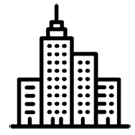
U R B A N D E V E L O P M E N T
Advances in technology and work culture allow employees to live further away from offices. The older generations will move to the suburbs where they can get more home for their money. The younger generation will not care about space as much, preferring to live closer to urban night life, and culture. The infrastructure in city centers is going to change dramatically to accommodate a continued influx of people and how they work and their lifestyle. Companies like WeWork and Bird has begun addressing this new workflow, urban life and mobility.
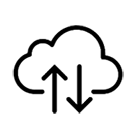
D A T A A C C E S S I B I L I T Y
The speed and ease workers and companies can get access to data, whether that is internally or externally developed has created a dynamic of quick execution at different points in the workflow. This has allowed companies to meet consumer demands much more quickly and efficiently. Unless your company has an extremely unique selling proposition, and even then, if you do not find a way to get data quickly and analyze efficiently your company is already dead. The future has moved to real time user feedback and information has become the new gold rush.
Each trend is outlined as a general concept. However the true value lies in interpreting how these impact your own employees, business and the solutions they may provide. Alone the value of the concepts is insignificant to the value in the execution of its application to one’s specific circumstance. These trends have allowed businesses to become decentralized, in effect allowing employees to work almost from anywhere in the world. Some of the greatest impacts will be seen in remote areas surrounding large city centers. We have yet begun to see the dramatic effects there will be on transportation and urban development due to the changes in the workplace because of accelerated enabling technologies.
At the Office
Most business equipment, furniture, products, and services have yet to catch up and cater to the idea of what we call the consumerization of enterprise.
The consumerization of enterprise brings a sense of lifestyle and individuality to the workplace. This not only includes interior space but products as well. Business products, such as laptops, printers, etc. are beginning to address the impact of design and personality in their products. Personality becomes integral to creating a workspace that connects with employees and their own unique sense of style, purpose, and authentic way of living.
Understanding the psychology of the work environment and the home environment helps you better understand the difference the design of each area can impact ones mood. Individuality is key to understanding how to set up an office for your employees as well as how to design products for the modern workplace. A successful work environment will bring a personality to its environment that resonates with employees of a similar background and interest. The strongest brands are reflected in all aspects of their business and that includes the physical work environment.
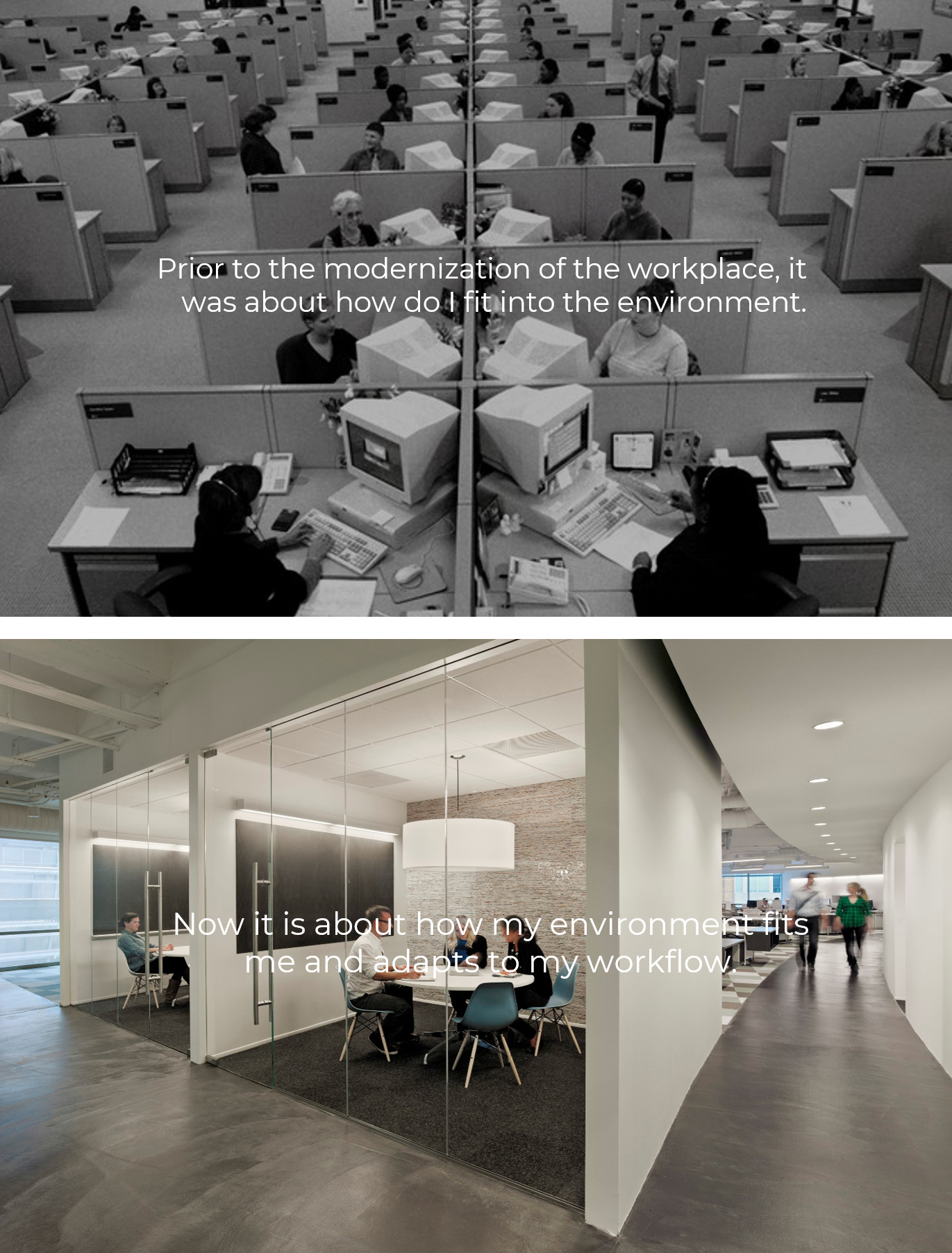
“Prior to the modernization of the workplace, it was about how do i fit into the environment. Now it is about how my environment fits me and adapts to my workflow.”
In prior years, it did not matter if you were a round peg, your boss tried to squeeze you into that square hole. The office of yesteryear was set up for mindless drones, a place to put your blinders on and only focus directly on your screen. Anything else was thought to be a distraction. However now there are many different businesses trying to solve the issue of individual preference and individual/team work flow in the office. How one industry approaches work can be completely different from how another industry looks at work. Healthcare, education, medical, etc. and even different businesses within the same industry have a different way of approaching the same problem. There is not a one size fits all answer to this problem anymore. Employee work flow can dramatically increase or decrease by the way an office is set up given your employees needs. This can be a tool to encourage collaboration, creativity, solitude, work relationships, or even office hierarchy or the lack thereof. By figuring out the right work flow prior to employee hiring a business, you can increase the chance of employee workplace success and thereby improve business productivity and sales. Too much time is spent and lost by employees trying to figure out how to maneuver around dated infrastructure, confusing layout, and nonexistent workflow.
The products that support these environments must adapt to how employees work and how they have set up their work environment. That means the products must become more intuitive, seamless, responsive and adaptive. Business products transition the slowest compared to the consumer market place in meeting ones individual needs. But the rapid pace of adoption has increased so greatly B2B industries must adapt or find themselves left behind and bankrupt.
At Home
With new technology enabling remote work, more and more employees are choosing to work from home. The crux of this solution/problem is that employees do not want to feel like they living in their office. But most business equipment, furniture, products, and services have yet to catch up and cater to this idea. People do not want to bring work home. Businesses looking to capitalize on this new opportunity can use cues from interior design and architecture to make technology, furniture and other business related items seamlessly integrate into the home environment.
“Your home is your sanctuary. The things you choose to surround yourself with should not disrupt that tranquility.”
The home is a sanctuary set up to give people an escape from the noise of the outside world. People look for the products and services that support that. Businesses creating products and services that support remote work at home should look at sources of inspiration that support a more aspirational modern home environment.
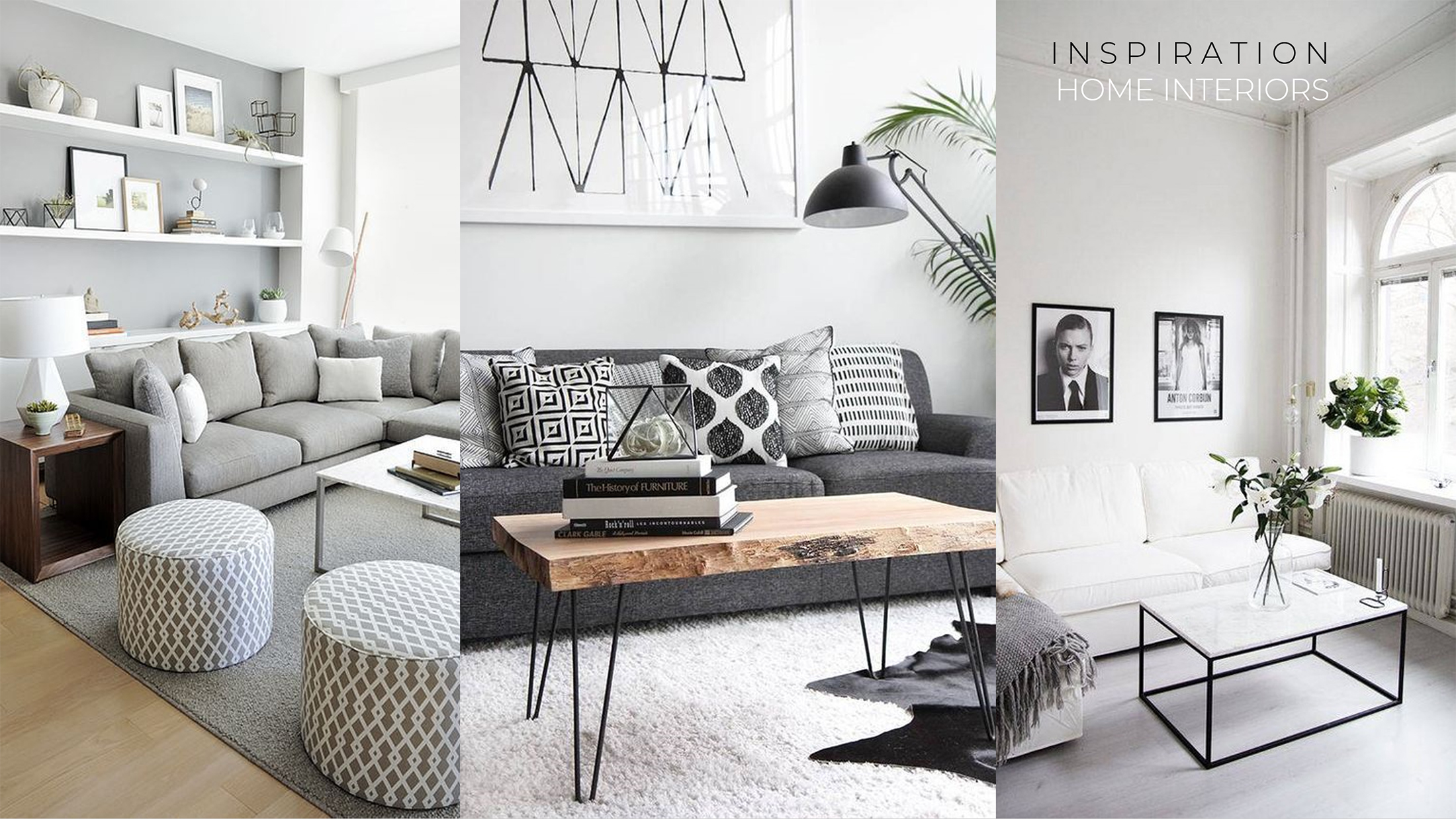
People want technology in their lives without it becoming intrusive.
Technology should blur the line between the physical world and the digital world, so that it becomes a part of your lifestyle. Digital Camouflage is the act of making technology ubiquitous and interaction frictionless through design.
In the digital age, product experiences must be intriguing, mysterious, delightful and provocative. Traditional mechanical elements of products and experiences should be camouflaged. The functionality occurs automatically and mysteriously, an almost magical experience that delights yet is intuitive. Hidden from sight when not needed but there when you do need it.
Simple tactics are taken to hide industrial looking equipment, like creating a custom cabinet as seen below, in order to maintain the peaceful atmosphere of the home and still maintain the functionality of an office.
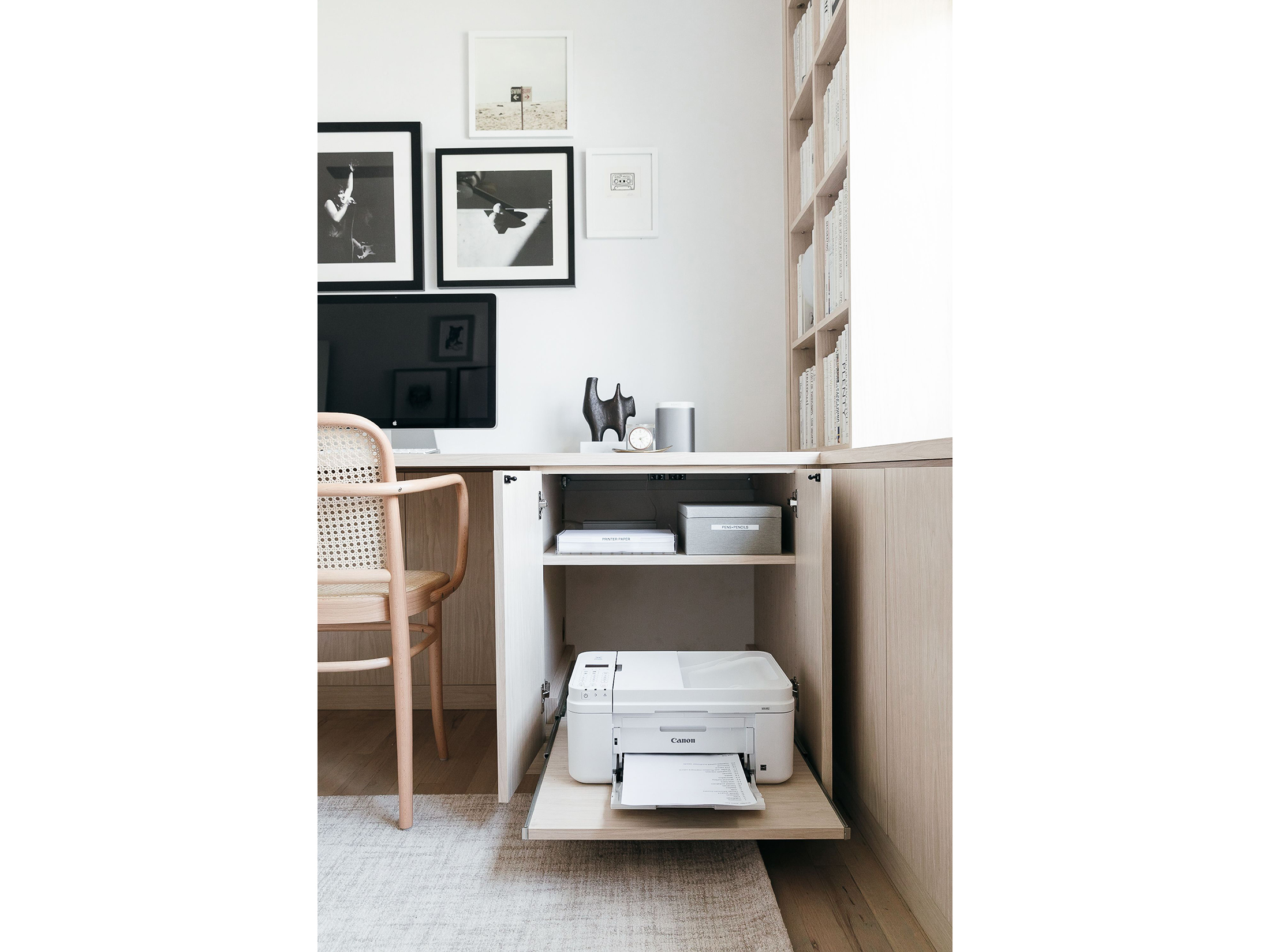
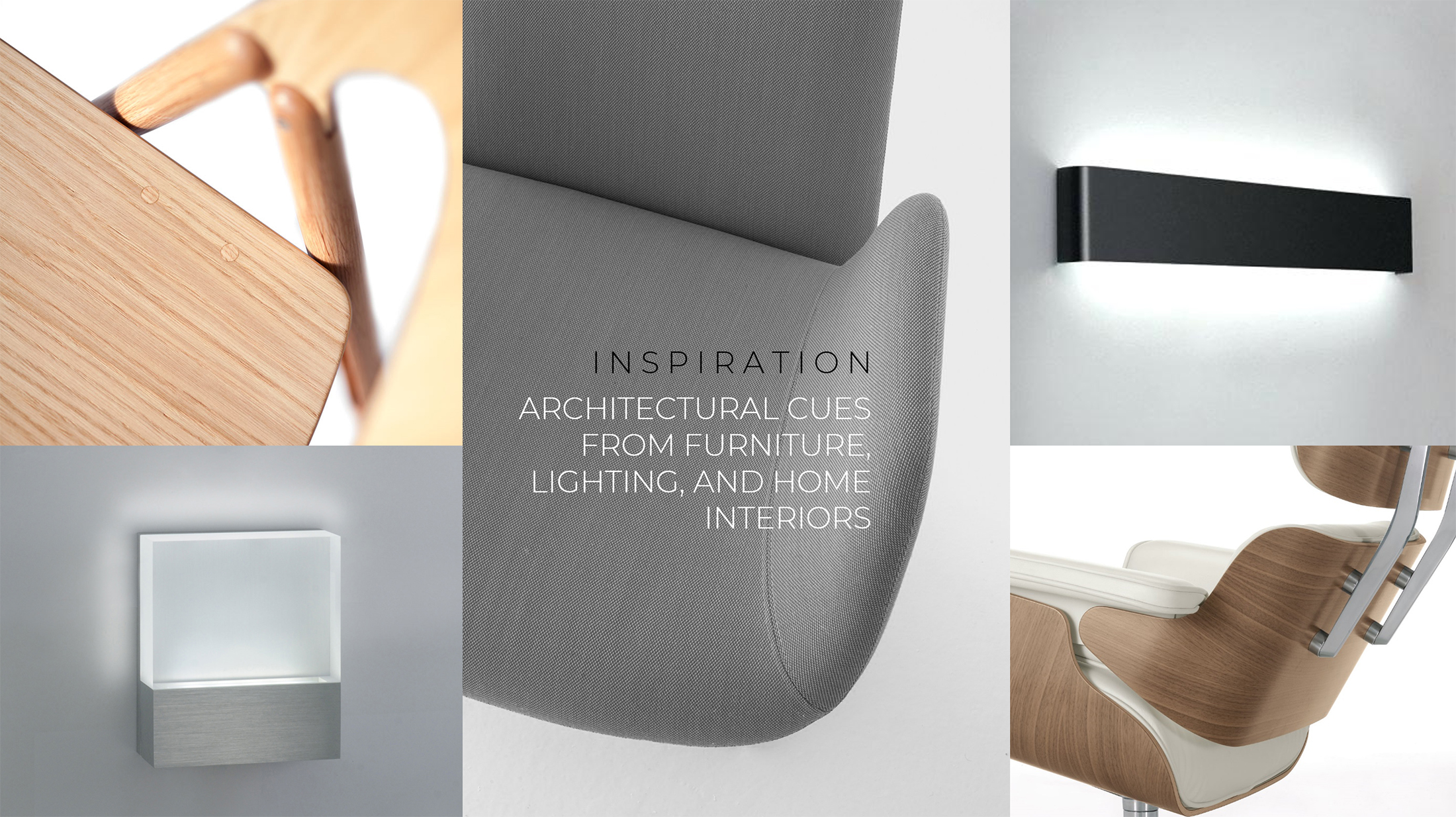
Dissecting the sources of inspiration you can find design trends that impact how consumers look at products they want for their homes.
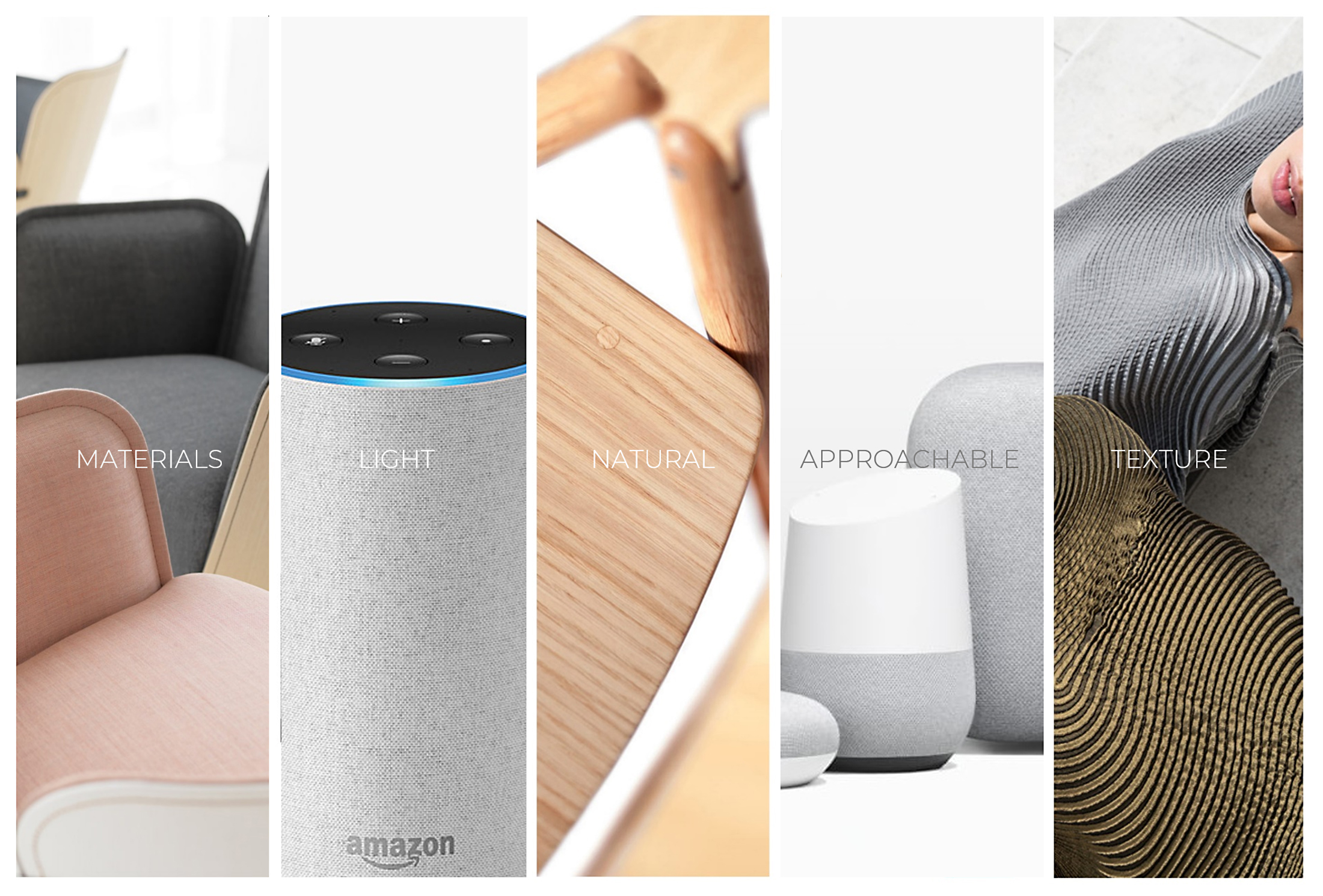
At Ashcraft Design we understand how important environmental/situational context are to the design of a product and brand and its impact on company sales and the consumer. As designers it is important to communicate ideas as well as certain feelings and emotions to consumers that resonate with what is important to them. The key is being able to interpret what the market is telling us and then leverage that information to create immersive design solutions that connect with your customers.
Our approach to design drives new growth, brings you new customers, and helps your company grow profitability. These solutions create products, brands, and experiences that move people to action. We give you the strategic thinking, creativity, and innovation that are pivotal to your success. Contact us to see how we can work together to grow your business and brand.
